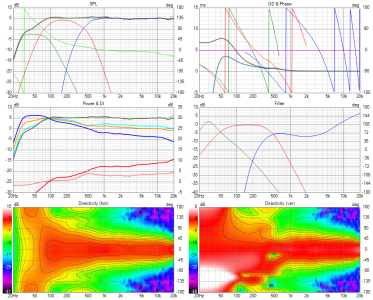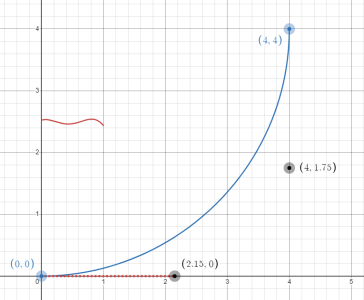Vineethkumar01
Well-Known Member
On with more things done in the real world... 
Prototype measurements
Here is the ugly cabinet made for the MEH using XPS foam and hot glue (I know that it will not win any prizes for looks or functionality.. That thing causes its own sweet resonances
 )
)

Measurements were made only out to 90 degrees. Measuremets were gated at 4ms..
Hence the masking of high Q resonances in the passband are also probably there..
Anyway, here is how the highs on Rosso 65CDN-T look like (Normalized 20 degrees off axis)



Now the mids (2xTC9FD in closed box of 10+ litres volume)



And here is a rough crossover that stitches together the two sets of drivers (Off course it can be done infinitely better )
)


With all the defects in construction, it looks surprisingly good I think..
Prototype measurements
Here is the ugly cabinet made for the MEH using XPS foam and hot glue (I know that it will not win any prizes for looks or functionality.. That thing causes its own sweet resonances
Measurements were made only out to 90 degrees. Measuremets were gated at 4ms..
Hence the masking of high Q resonances in the passband are also probably there..
Anyway, here is how the highs on Rosso 65CDN-T look like (Normalized 20 degrees off axis)
Now the mids (2xTC9FD in closed box of 10+ litres volume)
And here is a rough crossover that stitches together the two sets of drivers (Off course it can be done infinitely better
With all the defects in construction, it looks surprisingly good I think..



